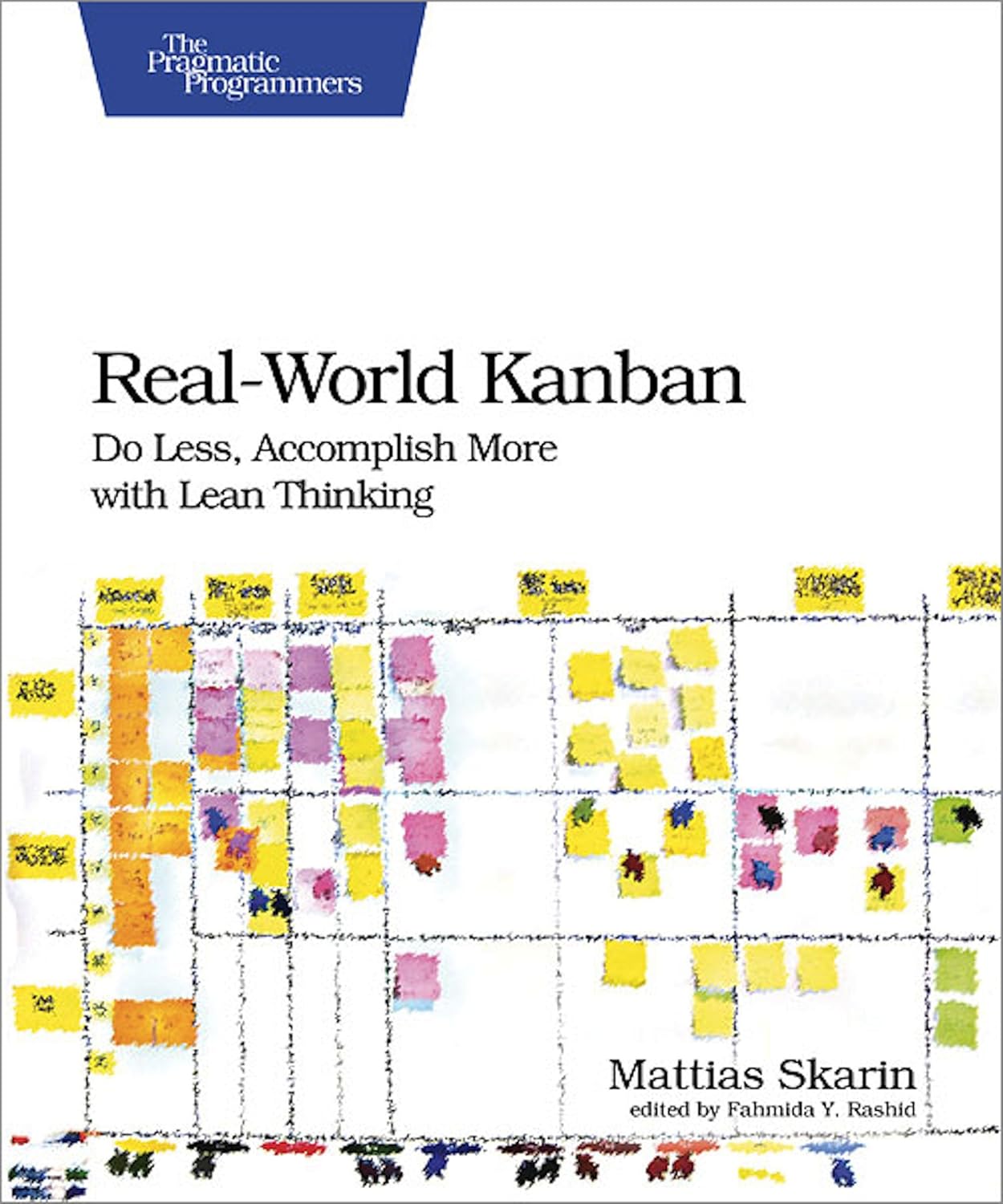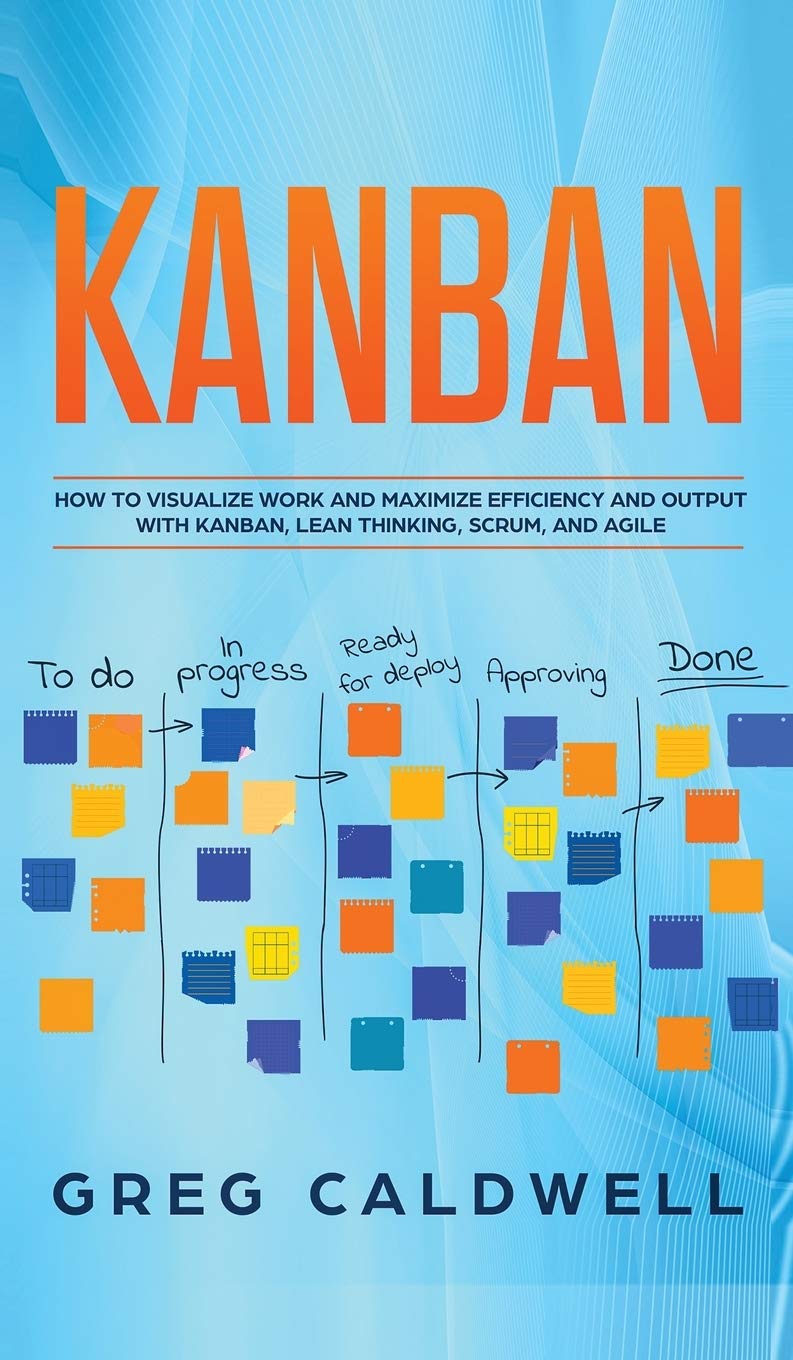
Kanban Board
What is a Kanban Board?
A Kanban board is a visual tool used in project management to track tasks and workflows through different stages of completion. Initially developed within lean manufacturing, software development and other industries that value transparency and continuous delivery have widely adopted this method. The board displays work items on cards, which move through columns that represent each stage of the workflow, such as “To Do,” “In Progress,” and “Done.” The primary purpose is to limit work in progress, visualize bottlenecks, and enhance team collaboration and productivity.
A Kanban board can be physical, using sticky notes on a whiteboard, or digital, using online platforms. Regardless of the format, the approach focuses on improving efficiency by encouraging incremental changes rather than large-scale overhauls.
Key Points
- Visualizes tasks and workflow stages to improve clarity and communication.
- Encourages teams to limit the number of tasks in progress to avoid overloading team members.
- Enables continuous delivery by allowing teams to update and complete tasks at any time.
- Can be adapted to suit different types of teams, from software developers to marketing departments.
- Helps identify workflow bottlenecks and encourages regular process improvement.
Related Terms
- A scrum board is a similar tool used in agile project management, but it typically follows a sprint-based structure.
- Kanban systems use Work-in-Progress (WIP) limits to control the number of tasks in each workflow stage.
- Lean project management provides the foundational principles behind the Kanban approach.
- A backlog is a list of tasks teams are waiting to prioritize and move onto the Kanban board.
- Flow efficiency measures how smoothly tasks progress across the board and is a key performance metric in Kanban systems.
Kanban Board: Example
A marketing team uses a Kanban board with columns for “Ideas,” “Writing,” “Design,” “Review,” and “Published.” Each blog post starts in the “Ideas” column and moves step-by-step through the process. Team members update the board daily during stand-up meetings. This setup helps the team balance workloads, prevent delays, and ensure steady content delivery.
Kanban Board: Best Practices
- Define clear column stages that match your team’s workflow.
- Set realistic WIP limits to maintain focus and reduce task switching.
- Regularly review and update the board to ensure it accurately reflects progress.
- Use visual signals, such as colour-coded cards, to indicate the type of task or its urgency.
- Encourage team feedback to refine the process and improve flow over time.
Additional Resources
Preparing for a PMI certification?
- Exam Prep Courses: PMP®, CAPM®, and PMI-ACP®
- Exam Simulators: PMP®, CAPM®, PMI-ACP®, PMI-PBA®, PMI-RMP®, PMI-SP®, PgMP®, and PfMP®
- Professional Development Units (PDUs): 15, 30, and 60 PDU Bundles




